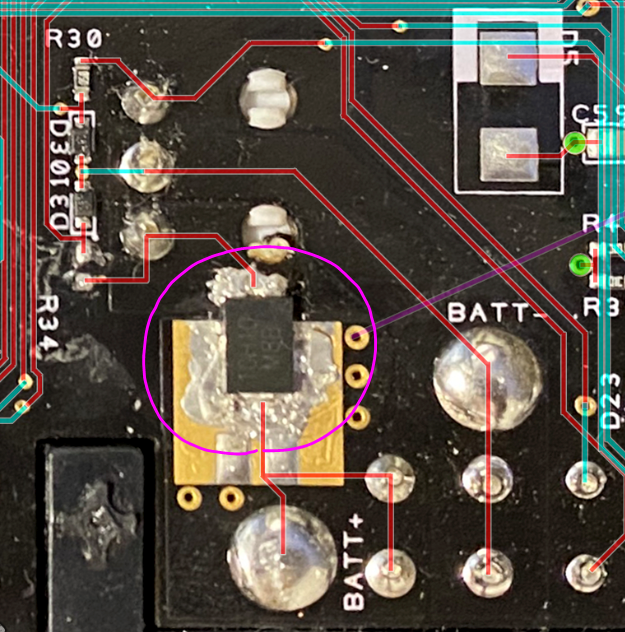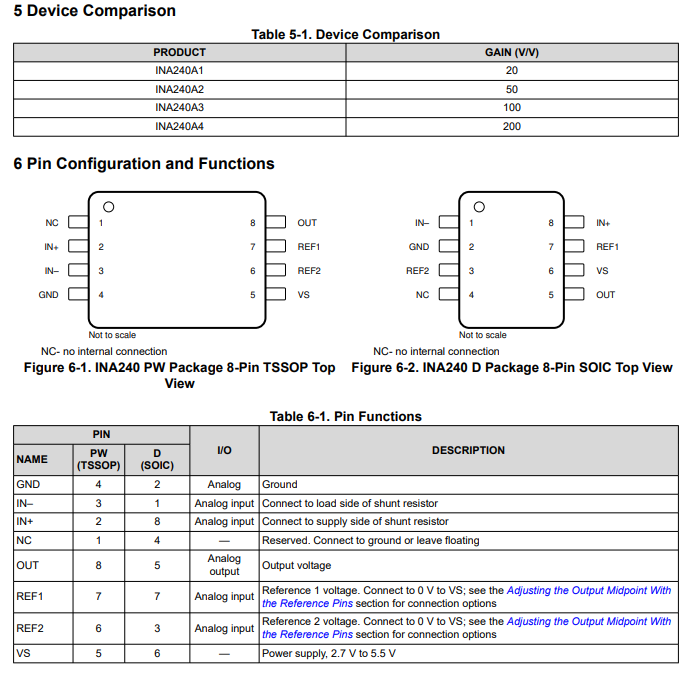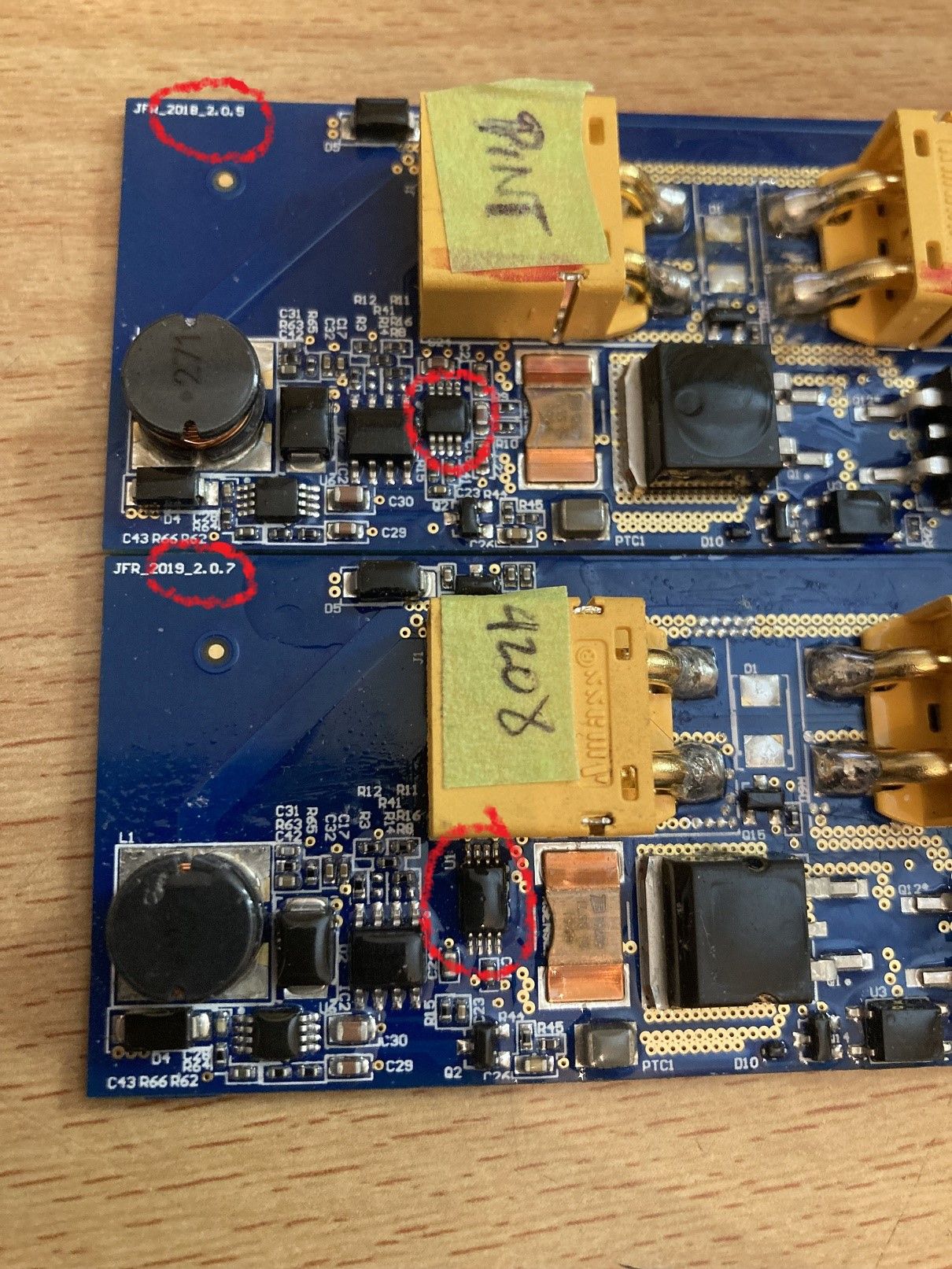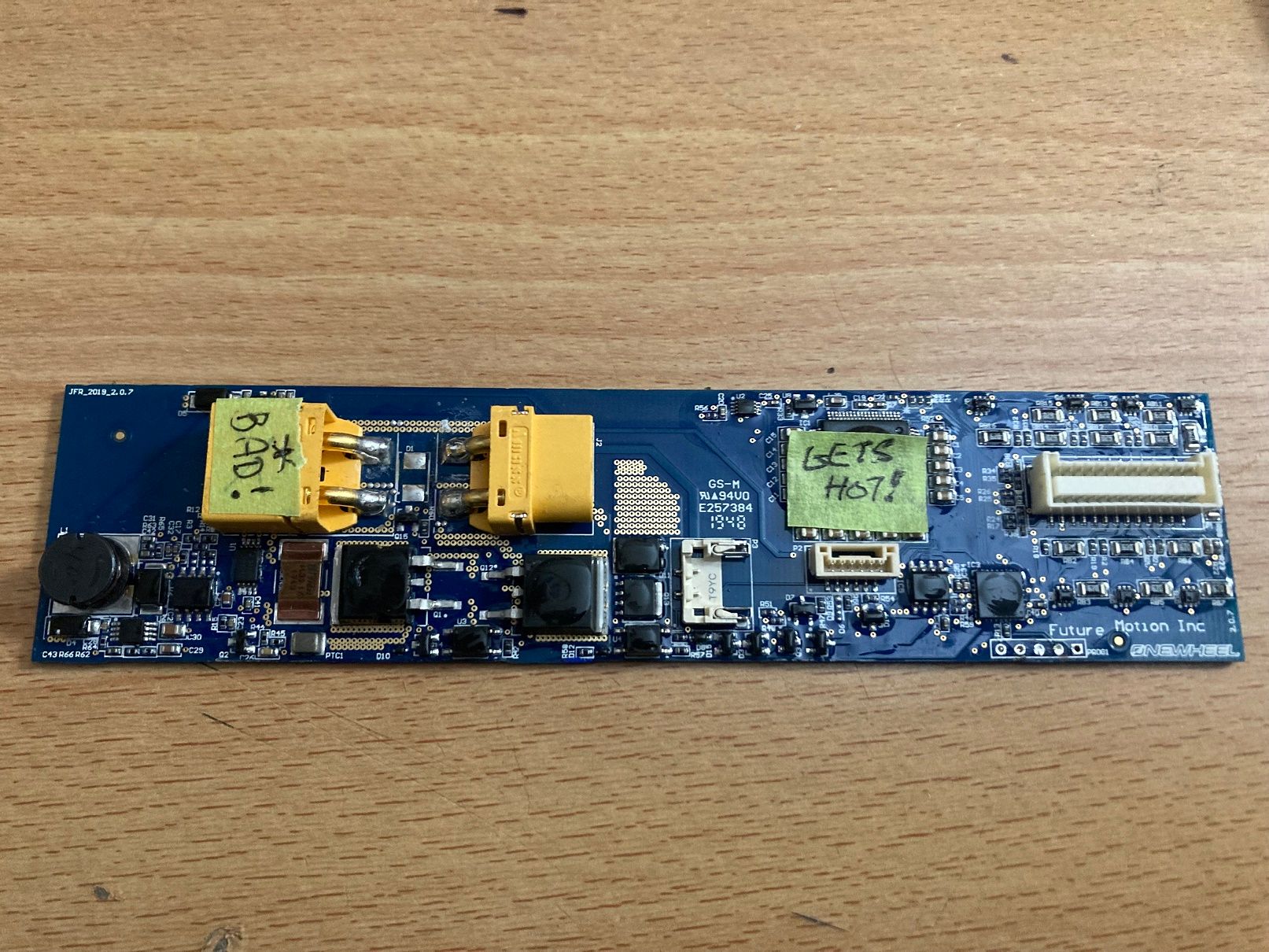XR Error 21 (repaired)
-
@lia Is that component with the messy soldering some kind of fuse?
I repaired a Xr bms with a blown U1 chip(I249a1) chip, it works with my good Xr 4208 controller, but when I connected the repaired bms to the original controller, the controller would blink blue once and not turn on.
When I connected the charger to the original controller and the repaired bms, the same U1 chip blew again.
Luckily, I had a few new U1 chips around and the solder pads were still intact, with my fingers crossed, I connected the charger to my good 4208 controller and the repaired bms( second repair) and the charging went fine.
I'm just going through your excellent pictures to learn what about all the components on the controller. -
@lemur said in XR Error 21 (repaired):
Is that component with the messy soldering some kind of fuse?
This one just above the battery connector on the controller?

That appears to be a 10H10 schottky diode from what I can tell.
I can't find the I249a1 chip, do you have a link for it? Also what version is the original XR running?
Haven't diagnosed a BMS yet but I've got one next to me to look at. U1 being the tiny 8 pin IC below the XT60? -
@lia Sorry, I must've have mistyped the U1 chip on the bms, it's I240A1 chip. some kind of current sensor?
The original controller was a 4210-4150, but I had a Owie on it at first, but needed a reboot on the power button to work, so I switched to a Jw chip and that worked great. -
@lemur Oh I see now. Seems sort of common.
https://www.reddit.com/r/onewheelpint/comments/ia0zkr/fried_onewheel_pint_question/Oddly the Pint uses the longer one that has a different pinout (page 3)
https://www.ti.com/lit/ds/symlink/ina240.pdf?ts=1652609679914

Looking at it the chip amplifies the difference between both sides of the current sense resistor so the main IC can see what the output current looks like.
That being said I'm at a loss as to why it's blowing when hooked up to the correct controller and working instead with an older gen one. If the opposite was true I'd assume some sort of reverse polarity somewhere.
-
@lia These were Pint bms's before I flashed one to 4208, I see the short body chip and the long body I240a1 chips. The boards have different revision numbers.
I dis save the original firmware associa ted with the bms serial numbers.
I have a bms I trying to repair that gets hot by the large chip that shuts down the controller and destroys owie chip. Haha.


-
@Lemur A fine collection of parts. Pretty useful for looking at what changes and what might be wrong on other kit.
@lemur said in XR Error 21 (repaired):
I have a bms I trying to repair that gets hot by the large chip that shuts down the controller and destroys owie chip
I wonder if maybe the voltage regulator for the BMS isn't working correctly and feeding to much voltage into the IC's power rail. I would expect no more than 5v.
-
@lia I just ordered all the small chips , and if I throw enough parts at it....?
On another note, I did a test with a known good OW battery with all cells tested even with a voltmeter and two out of three bms's reported uneven cells, so sometimes it's not a battery problem but a bms problem, can't balance a balanced battery.
The charger kicks off early on the bms that report the worst unbalance, low of 3.96 and high of 4.10v . -
@lemur Aha when in doubt that's not a bad shot.
That sounds like the balancing is working, just a bank is out far enough it's going to have to do a few more balance cycles to get them in line.
I have in the past taken batteries and charged cell banks manually in 1S through the balance lead. Super jank but it beats waiting for these infuriatingly slow balance charging circuits to level a massive pack. -
@lia I did the bms test with a known good battery with and each cell was at 4.00 volts. Only one bms reported correct voltages with Owce, the other two bms reported a low and high cell, the worst being 3.96-4.10 volts.
That means not all bms's report the correct cell voltages according to the Owce app.
I repeated the experiment to verify the results. -
@lemur Oh it's different on that one. I thought you meant it was just balancing slow.
That is very weird. I wonder if there is a corroded link on that BMS or a failing resistor that's creating a larger voltage drop by the time it gets to the bit that reads the voltages.When I made my battery pack from spring loaded contacts the first time (and then gave up and welded them) the voltage drop was insane. Might be something similar be it contact resistance on the port or some biffed trace/ component.